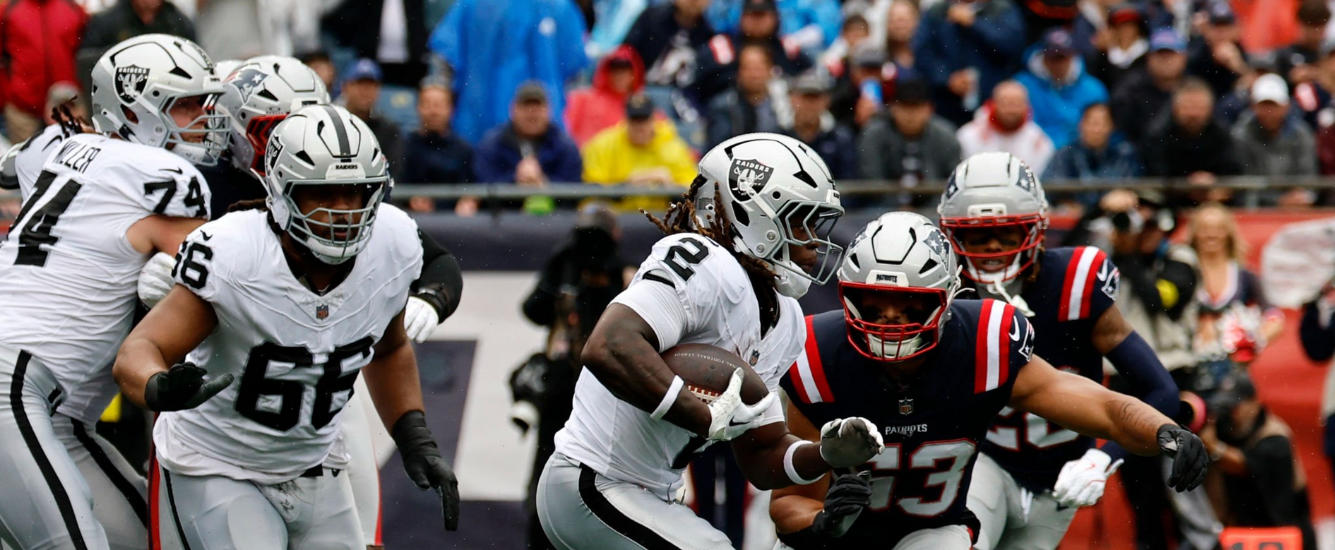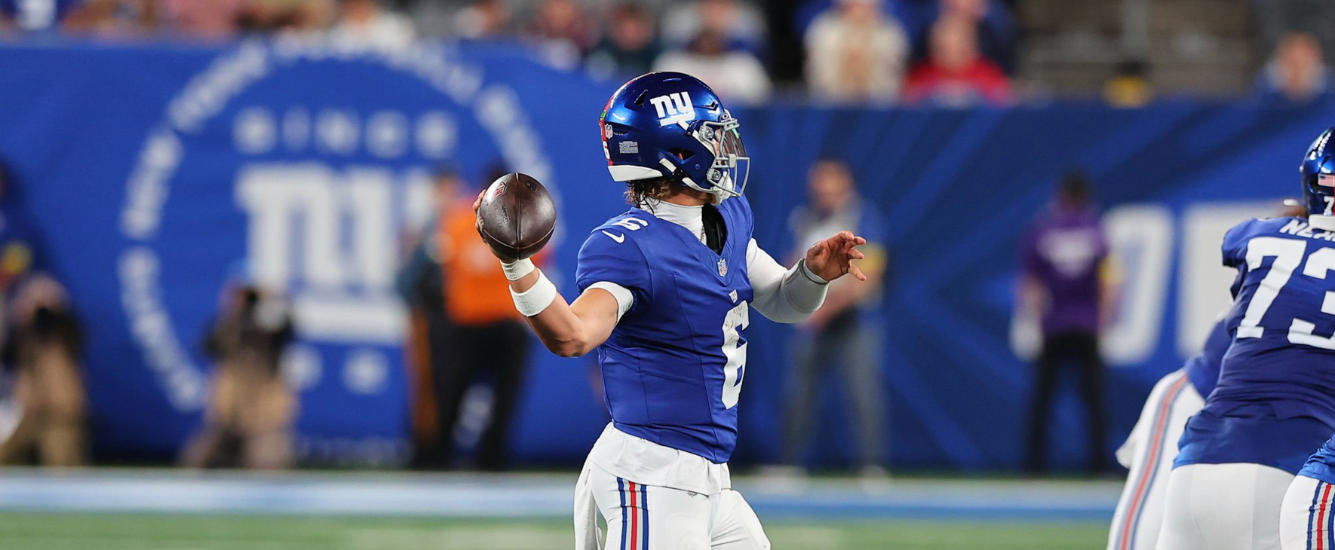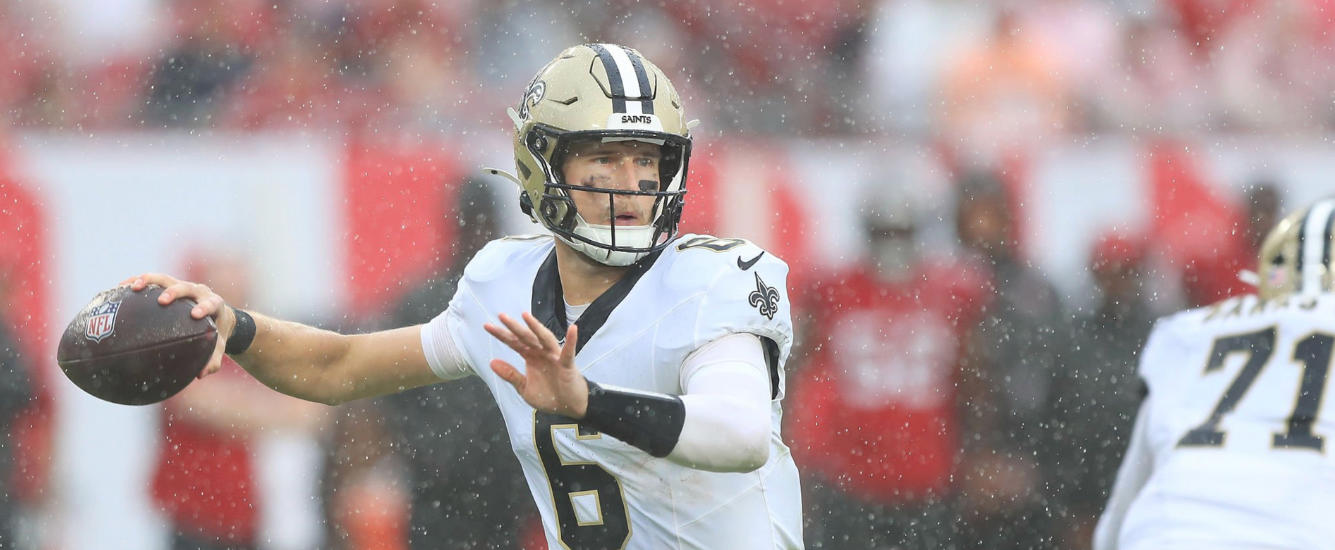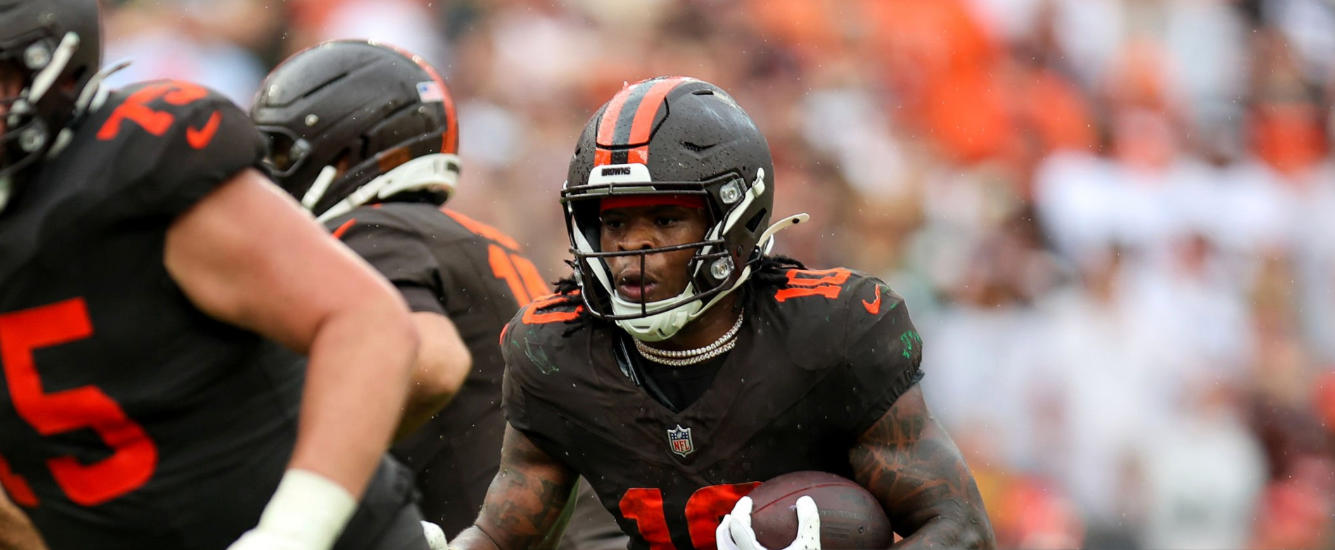We know that rookie running backs have long been a central part of successful Zero-RB teams. Is this still the case after a number of our favorite rookie RBs disappointed in 2019? The answer is, of course, more complicated than you thought.
Two seasons ago I found that rookie RBs tend to outperform in certain key spots in fantasy drafts. They just happened to be the exact parts of the draft where Zero-RB enthusiasts typically start looking to fill out their RB corps. Unfortunately, 2019 was a year to forget for many of our favorite rookie RBs. Darrell Henderson was drafted in the eighth round of Fanball drafts and scored only 22.4 PPR points. Justice Hill was slightly better: he wasn’t drafted until the 13th round and scored almost 50 points.
Only three rookie RBs drafted at least 200 times had an above average win rate in 2019: Miles Sanders, Tony Pollard, and Alexander Mattison.[1]Jordan Scarlett had the highest win rate among all 2019 rookie RBs. He was only drafted in 145 leagues, but his win rate is probably explained by the fact that he was drafted as a handcuff to Christian McCaffrey in many of those leagues. Scarlett scored 0.9 points in 2019. Sanders was the one RB we pointed out as the next rookie Zero RB sensation in July last year — and we were right — but by the time the season started his ADP had risen out of our target range. Neither Pollard nor Mattison quite made it into our range, both being drafted in the 14th round in Fanball leagues. Therefore it’s reasonable to ask whether the season we just had has changed our priors enough to make us reconsider the middle-round rookie RB cheat code.
How Do We Expect RBs to Perform?
Using data from the Win the Flex app, which gives us ADP-based projections, we can derive some expected outperformance numbers for all RBs based on where they are drafted.

Why Do RBs Underperform Their ADP-Based Expectation?
RBs underperform expectation, especially early. Here we notice a limitation of the ADP-based projections used by the Win the Flex tool, which has to account for the top-end scores of players like Christian McCaffrey and Todd Gurley when projecting all early RBs. These seasons are more representative of an early-ADP season than David Johnson’s 15-point season in 2017, and they’re given more weight as a result. For this reason, the expectations – especially early in the draft – are higher than the points that have actually been scored. In other words, for as pessimistic as the Win the Flex tool is on early, non-elite RBs, it still may not be pessimistic enough.
What About Rookies?
With these baseline RB numbers in mind, we want to know whether rookie RBs help us beat ADP. The results are interesting, to say the least.

First, keep in mind that only two rookie RBs have been drafted in the first round in our sample (which goes back to 2015): Ezekiel Elliott and Saquon Barkley. Both outperformed expectations by at least 70 PPR points. No rookie RBs have been selected in Round 2 in this sample. Already we see that rookies appear to be safer investments than their veteran counterparts. Middle-round rookies in particular provide a significant advantage. This holds if we take a wider view.[2]Each portion of the draft represents four rounds. So “Early” includes Rounds 1-4, “Early Middle” includes Rounds 5-8, and so on.

Rookie RBs drafted in Rounds 9-12 outperform by an average of over 15 PPR points.
Does Outperformance Translate Into Wins?
Footnotes[+]Footnotes[−]
| ↑1 | Jordan Scarlett had the highest win rate among all 2019 rookie RBs. He was only drafted in 145 leagues, but his win rate is probably explained by the fact that he was drafted as a handcuff to Christian McCaffrey in many of those leagues. Scarlett scored 0.9 points in 2019. |
|---|---|
| ↑2 | Each portion of the draft represents four rounds. So “Early” includes Rounds 1-4, “Early Middle” includes Rounds 5-8, and so on. |



















